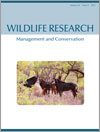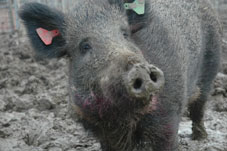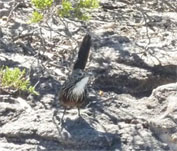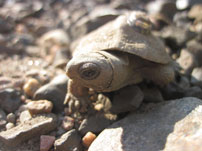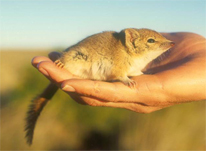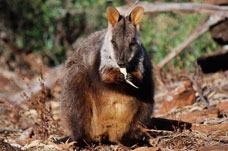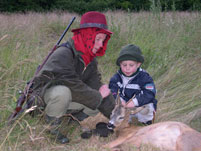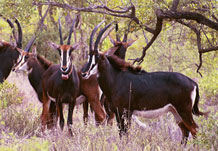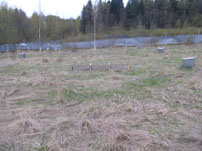WR12014Publish or perish: why it’s important to publicise how, and if, research activities affect animals
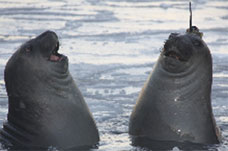
In light of the current biodiversity crisis, with species being lost at unprecedented rates, it is important that we have the ability to collect vital life-history information from animals if we are to be able to scientifically manage their survival. Concern by animal welfare advocates that curtails this research may hamper or eliminate this process and jeopardise effective conservation management. We outline how researchers may take the lead in this debate by measuring the effects of these activities, and by publishing and promoting the consequences of this research on animals in the public domain. Photograph by Clive McMahon.


